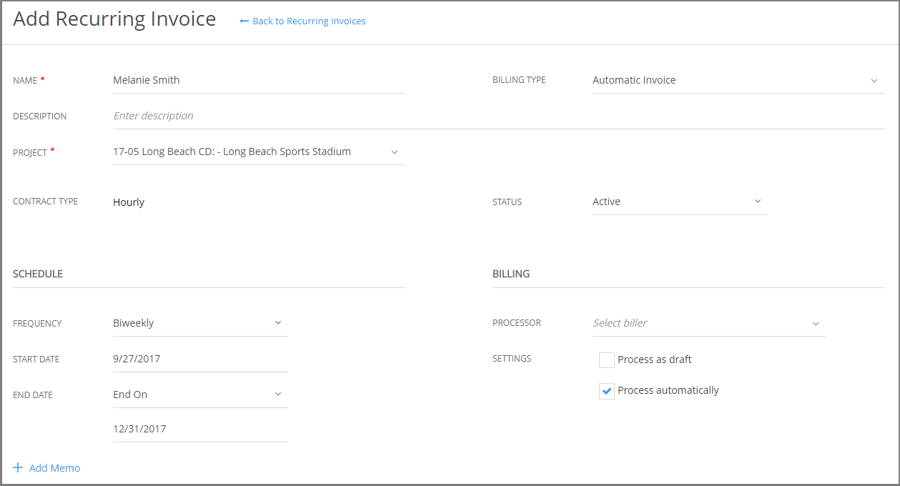Updated December 2024,
Automation is a bit of a hot-button topic right now. We already have some self-driving taxis, and autonomous cars may be commonplace in a few years. AI tools are automatic manual processes, and many blue-collar jobs are rapidly changing due to automation in different sectors. Of course factories and manufacturing has been pursuing advances in automation for decades, while the Engineering and Architecture industries are just starting to be disrupted with new automation tools.
Defined as a process that’s performed without human help, automation is being woven into all aspects of life and business. Regardless of how you personally feel about new automation tools, and industry-wide changes, automation is a fact that all businesses will have to adapt to. Those that are proactive, adopt new tools, develop new workflows, and incorporate automation in a way that increases their productivity will see a positive impact on their business. In many A&E firms automation is being used for the sharing, or management of information, administrative tasks, and often in content creation (think marketing materials, image renderings, or even calculations). Generally speaking, automation reduces friction, saves time, and cuts costs. It also opens up time for individuals to focus on more creative tasks that can't be done by a computer.
Although automation has been in place for years on various software tools, in recent years, its potential has grown exponentially. You probably use tools like smart personal assistants (think Siri or Alexa), voice-to-text word processing, AI chatbots like OpenAI or Google Gemini, or automatic fraud detection for your bank accounts and credit cards. Maybe in your firms you are using AI tools to generate images, do clash detection, or even write marketing copy. This is only the beginning.
Despite all of these advancements, certain functions in professional services firms have remained almost embarrassingly manual to this day. Firms are relying on how things have always been done, rather than look for ways to innovate, save time, or cut costs. Let’s take a look at three of them.

1. Billing or Invoicing
A&E firms have a range of billing processes - some being better habits than others. It is best practice to create invoices for every project on every billing period. Each client should be receiving an invoice from your firm, ideally on a monthly basis. This is much more effective than only sending out invoices when milestones are hit or phases are complete. Both for predictability, and to improve your business' cashflow, move to monthly billing on the same day of each month (for example, the first Monday). And once this rhythm is set, make it your standard process to send an invoice to every client regardless of the amount owed.
This may sound like extra work for your accounting department (or the principals if they handle the invoicing process themselves), but with automation, a huge part of this bottleneck is solved.
Advanced project accounting solutions like BQE CORE let you set automatic rules for billing, so invoices can be generated automatically on a schedule that you set. If you want to bill by percentage complete every two weeks, that invoice will simply show up for you to review on the date you set. BQE CORE can even auto generate invoices for hourly fee projects - automatically adding any billable hours logged to a project to the invoice - or send automatic invoices for projects that have fixed monthly payments.
Instead of manually creating an invoice, with BQE CORE, you just have to review it, approve it and send it out. Automations like this save you significant time, and let you get invoices out faster, and collect payments sooner. This opens up your team's time to focus on higher value tasks.

2. Time and Expense Tracking
Most A&E firms have reimbursable expenses that are passed on to the projects those expenses were incurred for. Tracking receipts, transportation mileage, and other project expenses has been a tedious manual process for generations. Even with computers many firms still rely on manually updating spreadsheets, taking photos of receipts, and saving images in folders on their servers. Automation tools can make this much easier, more efficient, and most importantly, more accurate.
For example, CORE’s mobile app has a feature that automatically logs your visits to clients’ offices or project sites. Using geo-tracking, it matches your location to your client’s address, thus tracking how long the visit took. With just one tap, you can finish a time entry that you otherwise may have forgotten to log.
You can likewise, track mileage for travel reimbursements, and upload receipts to track project expenses. With these records in your cloud based firm management software, these expenses can be automatically added to invoices with any markups added. This ensures you are being compensated for all of your project's time and expenses.

3. Reporting and KPIs
A big challenge all businesses face is that their data is often spread across multiple software tools or platforms. Perhaps your project management is being done in one app while your accounting is done in another. Your time tracking has a dedicated tool, while your invoicing is done in another. This probably means you are spending a lot of time copy and pasting data from multiple apps into a spreadsheet, and then setting up equations to calculate your key performance indicators and visualize your information. Or it means this cumbersome task gets pushed to the back-burner or doesn't get done at all.
To run a modern business, having data and insights at your fingertips, in real time is imperative to make better decisions. And you can have this while spending less time with your firm's reporting and data processing. BQE CORE can help.
Automated reporting and dashboards give you the data you need immediately. Insight boards, project centers, and financial dashboards live directly in the app, and are automatically updated with the latest data. This is the power of an all-in-one firm management platform. All of your data, from project management, time tracking, and finances are in one place, and the data seamlessly streams into all of your reports in real time.
If you use a platform that handles your project, time and expense, billing, and accounting needs all at once, it can automatically calculate all of your key performance indicators giving you insights to make better and faster decisions. There’s no downloading and uploading info, or manually copying and pasting from one place to another - it’s all immediately available to the right people when they need it.
And even if you still use other software to do your accounting, you can easily integrate it with an advanced cloud solution like CORE. That way, there’s no need to input data twice.

Professional Services Automation
With automations like these, and others, you’ll have plenty more time to devote to growing your firm, developing relationships with clients and employees, and maybe even taking a vacation. Rather than spending hours on administrative tasks, you can instead focus on the work that you love. These can also make your firm more profitable. If you have fixed fee contracts, and find opportunities to use automations to cut down on the time your team spends, your profitability increases significantly.
Software like BQE CORE was built to help firm owners like you better manage their businesses. We are inspired by the fact that engineers and architects shape the built environment and helping you focus on you area of expertise while we take care of the back of house aspects of firm management is why we have built our software.
Automations, new AI tools, data visualization, reporting, and improving accounting and firm finances is the focus of our product team as we build the best software available for A&E firms. Learn more about these features, and how BQE CORE can help your firm by booking a demo.
